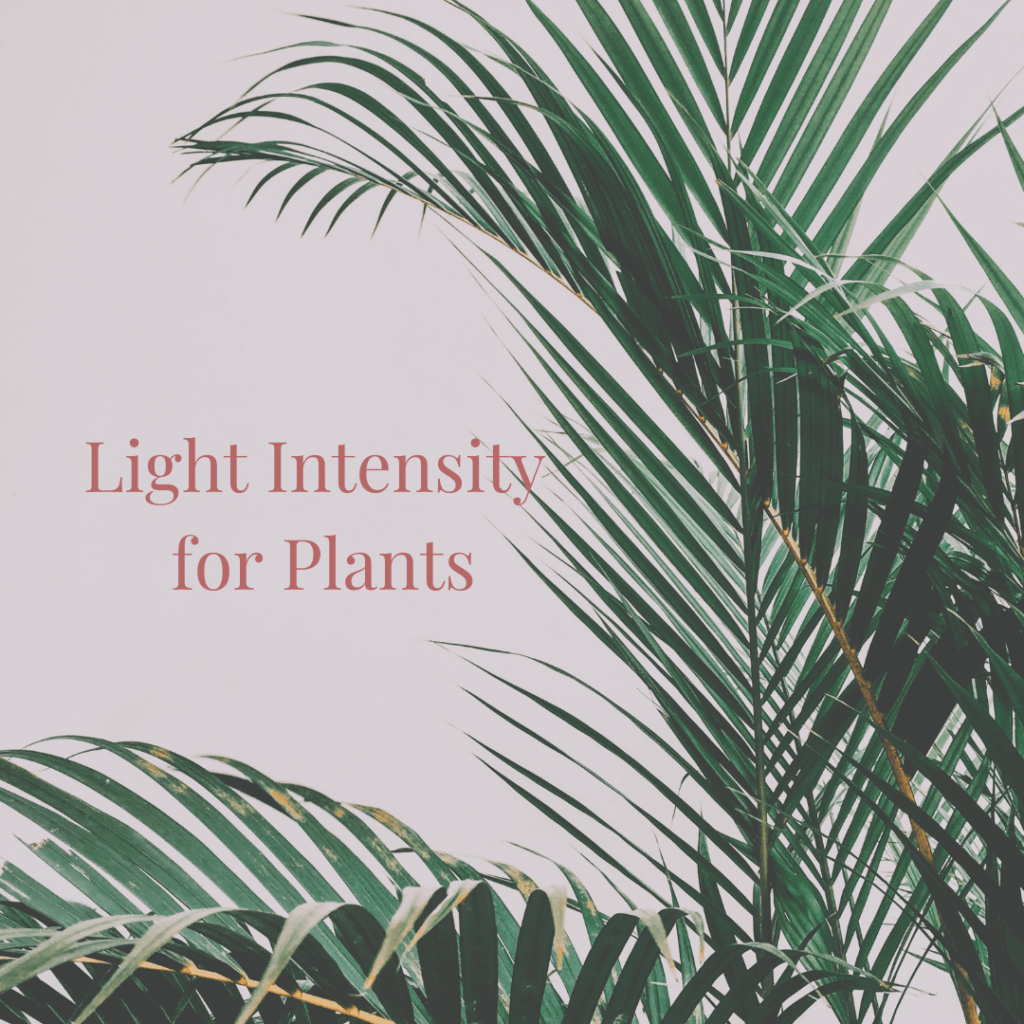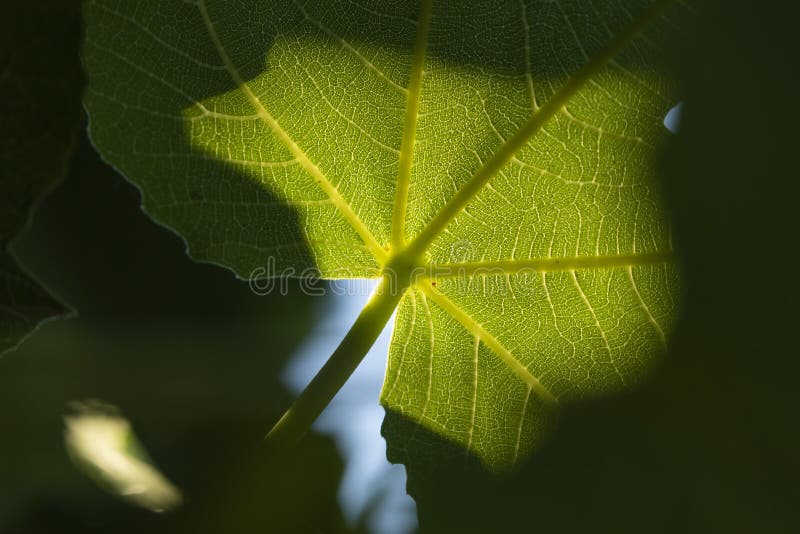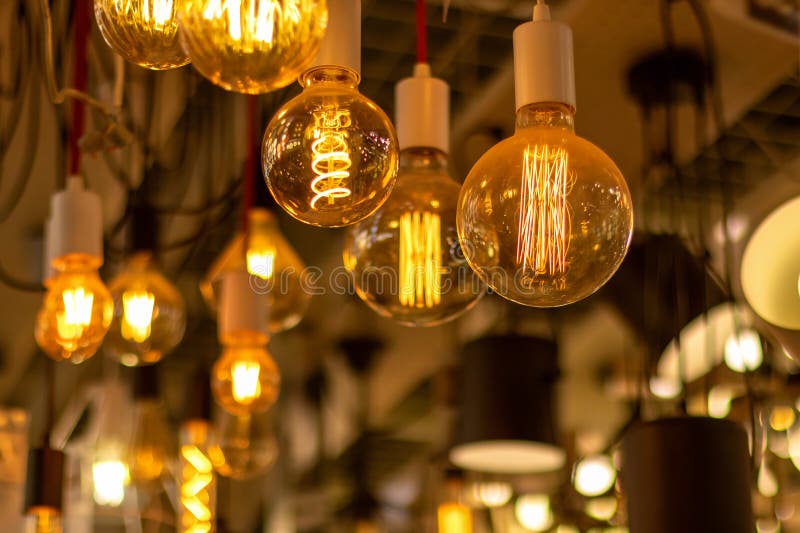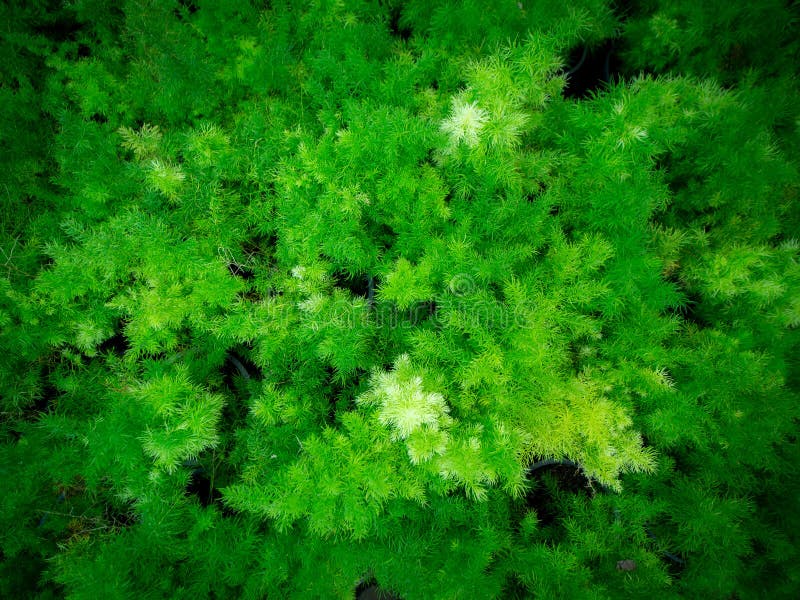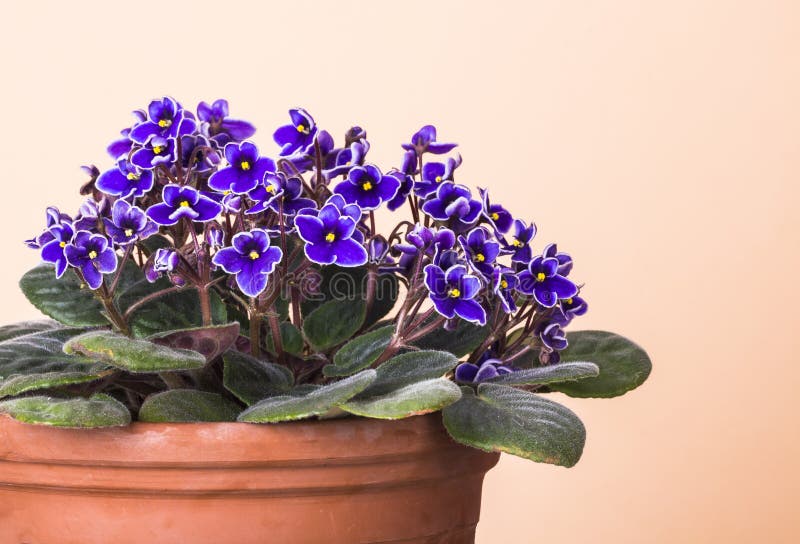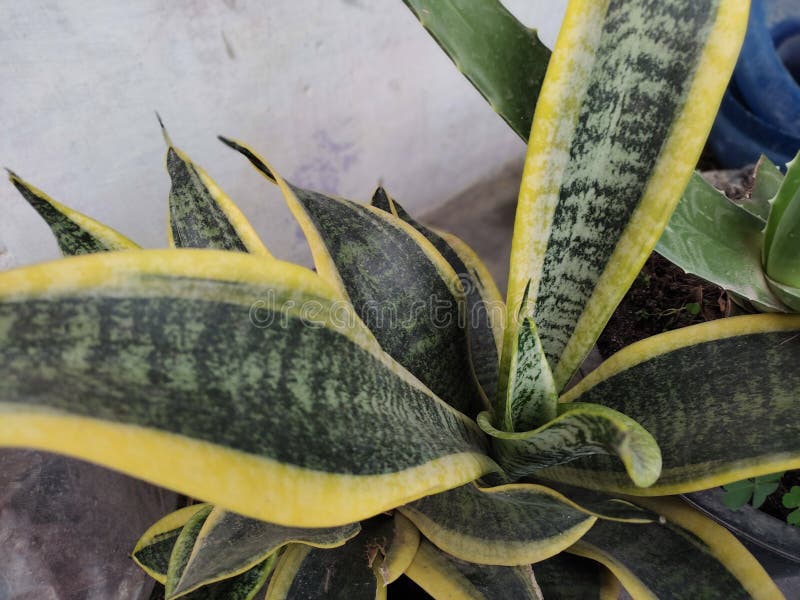HousePlantJoy is supported by our audience. When you purchase through one of our links, we may earn a small affiliate commission. As an Amazon Associate I earn from qualifying purchases. Your cost is not affected.
==================
Are you curious about how light intensity affects plant growth? In this blog post, we will explore the different levels of light and how they impact plant growth. We will also provide tips on how to adjust your gardening routine to accommodate for changes in light intensity for plants. So, whether you are a beginner gardener or a seasoned pro, read on to learn more!
Light Intensity For Plants
It’s critical to comprehend their basic requirements. Water and light intensity are the most vital components to offer. While other elements like soil type, container, and fertilizer are significant, they are not as critical.
In other words, all of your efforts in selecting the best pots and plant food would be for naught if you fail to supply sufficient water and light to your plants—the intensity of light required for optimal development in a plant’s natural environment. As a result, various plant kinds may require varying amounts of light. Low, Medium, and High illumination are the most common lighting classifications for plants.
Although every plant has a natural development cycle, light directly impacts the vegetative and blooming stages of growth. Artificial lights allow for year-round growth and rapid output, but they will never be able to match the intensity and nutrition that natural sunshine provides. We wouldn’t have green plant life, food gardens wouldn’t produce, and flowers wouldn’t blossom if we didn’t have a light. Photosynthesis includes food and energy for plants, allowing everything to grow. It is a necessary component of all life on the planet.
Importance of Light Intensity
Photosynthesis allows plant species to create the nourishment they require. Plant leaves absorb the energy contained in light during photosynthesis.
This energy converts into glucose, or sugar molecules, as a fuel. Plants are generally more sensitive to light in the blue and red light spectrums. Leaves employ carbon dioxide and water, in addition to light energy, to manufacture food. Higher light intensity, in effect, makes more power available for plant photosynthetic activities.
Chloroplasts specialize in light-absorbing cells found in plant leaves. The chloroplasts generate chlorophyll, a color ingredient. Chlorophyll materials react differently to varying levels of light, as seen by the various hues absorbed. When chlorophyll absorbs light, an electron linked to a chlorophyll molecule gets excited. After then, the electron transmits its energy to a water molecule, causing it to split into its constituent components of hydrogen and oxygen. You can use the energy produced by the hydrogen atoms to make sugar molecules.
The intensity of light required for optimal development you can find in a plant’s natural environment; as a result, various plant kinds may require varying amounts of light.
Low, medium, and high illumination are the most common lighting classifications for plants. Low-light plants can flourish with a 10- to 15-watt bulb if the wattage distributes it evenly throughout the growing area. Plants that get medium light can grow in the 15-watt range, while greater light intensities encourage quicker development. Plants that need a lot of light need at least 20 watts per square foot of growing space; however, higher powers will help them develop and blossom even faster.
You should include light, carbon dioxide, and water in plant development activities to nourish the plant. While soil nutrients aid in strengthening plant structures, light is necessary for the plant to produce actual food. Food fulfills a necessity for general health and growth in plants, just as it does in other living beings; thus, light availability can directly impact a plant’s pace of change. Light intensity refers to the quantity of light energy made accessible to a plant. This varies depending on color and the actual power of the light.
Grow Lights, Sunlamps
Adjustable Grow lights enable you to grow houseplants, even if your home’s lighting isn’t perfect for plants. Our home has such dim areas and I found this light makes a huge difference in what I can grow.
One area of our home hosts this sunlamp, which offers more broad lighting, though focused in a single direction. In fact, I use these for a reading lamp, as well.
Types of Light Intensity
Fluorescent, incandescent, high-intensity, or gas, discharge, and light-emitting diodes are the four major types of artificial light available for plant growth improvement.
Incandescent Lamps
Incandescent lamps aren’t handy as a single source of light for plants. They produce a lot of red light, but not a lot of blue. Furthermore, you should place them at a distance as they generate too much heat for most plants. This limits the intensity of the light received by the plants.
Incandescent sources are not sufficient in converting electrical energy into light energy, which is vital economically. Furthermore, the life of a regular incandescent bulb is often just approximately 1,000 hours, but the life of a fluorescent tube is typically 10,000 hours or more.
Fluorescent Lamps
Fluorescent tubes are one of the most effective artificial light sources for indoor plants. They are roughly 2-1/2 times more efficient than incandescent sources at converting electrical energy into light energy, making them less expensive to operate. These fluorescent tubes also create very little heat and come in various colors, including red, blue, and green. Fluorescent tubes, as previously said, have a long lifespan. They come in multiple sizes and forms, with straight tubes in 2-, 4-, and 8-foot lengths most common.
When extra light becomes a requirement, high-intensity, or gas, discharge (HID) lights, such as sodium-vapor or metal halide, are common in greenhouses. They are roughly ten times more efficient than incandescent sources at converting electrical energy into light energy.
Furthermore, their bulbs have a lengthy lifespan. They do, however, produce a lot of heat, and the fixtures required to run them are huge, heavy, and expensive. These flaws, along with the fact that they aren’t available in modest wattages, render them unsuitable for usage in the house.
The newest source of auxiliary light for plants is light-emitting diodes (LEDs). They are both energy-efficient and long-lasting. You can program LED lights to generate specific wavelengths of light. LED plant lights, for example, emit the red and blue light solely that plants require. They don’t produce much heat and don’t require any ballasts or reflectors. However, when compared to alternative sources, LED systems are currently expensive.
How much Light Intensity Should Your Plants Get?
Each plant requires a different quantity of light. In general, the light fixtures available for residential plant lighting make producing too much light for most plants nearly tricky.
Give plants low light intensity plants between 50 and 250-foot candles. You must keep a few plants in this category ten-foot candles of artificial light. Plants that require low light should be between 10 and 15 watts of fluorescent light per square foot of growing space. Without any extra light, a single fluorescent bulb, such as a 2-foot 20-watt tube or a 4-foot 40-watt tube, offers only adequate light for plants in this category.
Plants require a medium amount of light, like 250 to 1,000 (foot-candles); unless the exposure of plants to long periods of direct sunshine, the best development happens at 750 foot-candles.
Give them 500 to 1,000 (foot-candles) of artificial light, or 15 or more watts per square foot of growing space. You need to keep plants in this category between 250 to 500 foot-candle range, although more excellent light promotes growth. A fixture with two fluorescent bulbs is suitable for plants in the low- to the medium-light range. If the distance between the tubes controls the plants, you may adjust the number of tubes utilized.
Plants that demand a lot of light have a more challenging time growing under artificial lighting in the house. If you want to give it a go, utilize unique high-intensity lights. For optimal development and flowering, these plants require at least 1,000 (foot-candles) or 20 watts per square foot of growing space, but ideally, they have greater intensities. For plants that require a lot of light, they need fixtures with three to four fluorescent bulbs.
Are Light Colors Intensity Important for your Plants?
For plant development, certain hues or wavelengths of light are more significant than others. Green and yellow wavelengths of the visible spectrum reflect and provide little energy to leaves. On the other hand, plants use the red and blue wavelengths of the light spectrum as their primary energy sources.
Plants are grown outdoors, in greenhouses, or near windows with a spectrum of light wavelengths from the sunlight, including the blue and red light that plants require. For optimal plant development in environments where plants receive little or no natural light, give extra light from artificial sources.
How Far Should you Place your Plant Away from the Light Intensity?
Place the tops of most plants 6 to 12 inches away from the light source. As the distance between the lightbulbs or tubes grows, the intensity of the light decreases fast—the drop in light intensity with reach. Because fluorescent tubes don’t generate as much light at the ends as they do in the middle, the brightest point beneath a fluorescent fixture is precisely beneath the tubes’ center.
Adjust the light fixture’s location so the distance between the light and the plant remains consistent. For simple adjustment, fluorescent shop or workroom fixtures are on chains with S-hooks. From one link to the next, lift the fittings or lower them. If the fixture isn’t moveable, you can raise plants on stands, shelves, or boxes to make minor adjustments.
Plants for Indoor Lighting
Asparagus Ferns
The asparagus’ fern-like leaves of these hardy potted plants with thick roots grow more abundantly and thickly in a medium-light range while being low-light tolerant.
African Violet
It grows and blossoms well between 500 and 1,000 (foot-candles), making it one of the most excellent blooming plants for growing under light. Each day, light for 16 to 18 hours.
Dracaena Species
The majority of dracaenas grow to be big plants. They are highly suited to indoor environments and can withstand low light; however, they thrive in medium light. For optimal growth, keep them warm and wet at all times. Because the leaf color of the Ti plant grows best in intense light, it is less suited to places where it gets only artificial light.
Herbs
Cultivate culinary herbs inside, but remember they need a lot of light for the best results. If you’re doing things under artificial light, utilize as much light as possible for as long as possible.
Jade Plant
This succulent is well-suited to indoor environments. Although most crassulas prefer direct sunlight, the jade plant can survive low-lighting conditions of up to 25 foot-candles; nevertheless, growth will be weak, and leaves will be tiny. Avoid overwatering and compacted soils.
Conclusion:
Light intensity and water are vital and impact the growth and growing process for our plants. You have to make sure that you just have the exact and right amount of it. Too much and too little of it causes damage to plants. Each plant has different light and water requirements so it is essential for you to research and learn more about it. In line with this, I hope you learned so much from this article that I prepared for you. Let us know your thoughts below.
Read More

